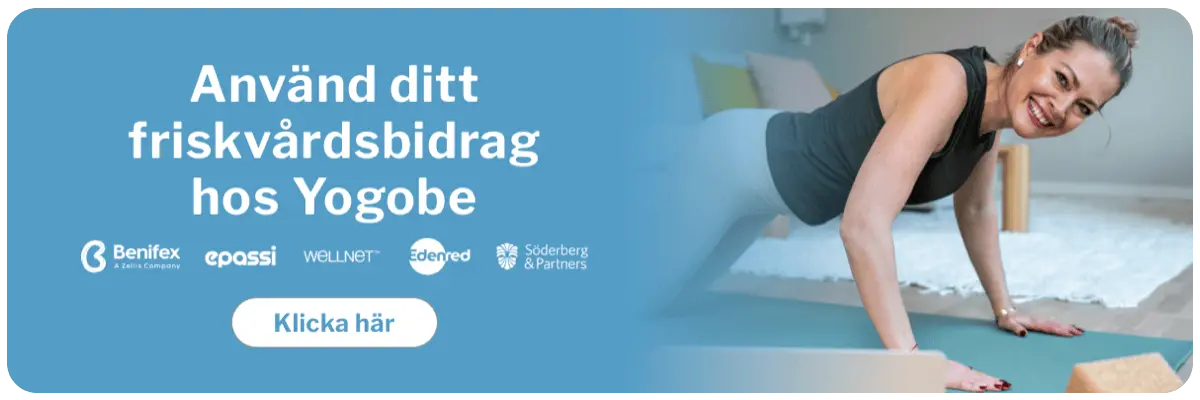Curious about the breath, how it works and the benefits of conscious breathing? Here I'll introduce you to the basics and inspire you to start to add breathing techniques into everyday life.
Conscious breathing as a way to battle stress and tension
A great step to a healthy attitude about stress is to realize our ownership over our brain and learn to engage our brain intentionally to manage the consequences of the fight and flight response.
It is actually very simple for us to learn to intentionally engage the parasympathetic nervous system, which controls the relaxation response in our body. The relaxation response returns the body’s resources toward the digestive system but also the brain balance needed to maintain a healthy brain wave. We have the power to educate our own brain to do so intentionally. Once the overstimulated fight and flight response returns under control, the true potential of our brain becomes accessible, our learning ability is enhanced, and our executive reasoning functions become strong again.
Hence, the more we can learn conscious breathing the better. We enhance our quality of life via how we breathe.
About the breath
- The breath is one of only two functions of the body that is both voluntary and involuntary (the other function is blinking). If we can master breath consciously, we can control other functions in the body like heart rate, blood pressure, and breath. Through the breath, we can access the parasympathetic nervous system and activate the relaxation response in the brain, which results in stress reduction for our entire system.
- Most people are not breathing to their fullest capacity, which actually means that the nerve cells do not get fully activated, which chokes the life force in us. Through conscious breathing, we can mindfully generate more oxygen for the body.
- Tightness or stress in the body often creates tightness in the breath. Think of wearing a body suit that is too tight — it is hard to breathe. When your body is tight and tense, you can’t breathe fully. You can be tight in your breathing body just like you are tight in your physical body. Some of this is physical strain impinging on the breath volume; some is an emotional or mental blockage preventing us from breathing fully.
- Our breathing patterns are closely linked to our emotional states. We breathe differently when we are angry, excited, tired or when we are nervous. Yet, it works the other way too. We can calm or energize ourselves by changing our breathing patterns. Even by just taking time out to consciously become more aware of our breath we can help to start to alter our emotions.

What is pranayama?
Pranayama is a form of breath gym. It is where you go when you want to conditions yourself from the inside. In relation to asana practice if you are a yogi, it will enhance the effects of your physical practice. If you exercise, you will not only perform better in the whatever sport or fitness regim you have, it will give you greater focus, concentration and body awareness. You will notice how much better you sleep at night, that your posture has improved and that you are less stressed. Pranayama is a bridge between you and anything. For those of you who meditate, this is the path to help you quiet those disturbing thought and emotional patterns.
When prana, the life force within us in the yogic tradition, is spread evenly throughout the cellular body, compassion and equanimity arise and the fluctuations of the mind cease. This phenomenon can be achieved by cultivating the art of listening intentionally to your breath. To let go of the need to maneuver and control the breath. Pranayama and meditation are acts of letting go. With these practices, you learn how to let go of psychological blockages and attachments. They will over time help you to free yourself from who you think you are and get you in touch with the essence of who you really are.
The practice of pranayama takes us beyond our skeletal, muscular and circulatory systems, even beyond the nervous and endocrine systems. In its essence, this practice aims to attain mastery over the life force itself. And in that pursuit, your body heals, your mind gets strong and focused and your spirit free and happy.
Learn more about the breath – online course with Ulrica Norberg
Join Ulricas online course here at Yogobe – The art of Breathing – where you get to explore the power of the breath and learn how to balance your body and mind through different breathing techniques.
Read more
- Exploring the breath – part 1, by Eleonora Ramsby Herrera
- Exploring the breath – part 2, by Eleonora Ramsby Herrera
Breathing techniques & pranayama online
video id: 3r4k
video id: 3t8f
video id: 52bd
video id: 9uh4

Ulrica Norberg

